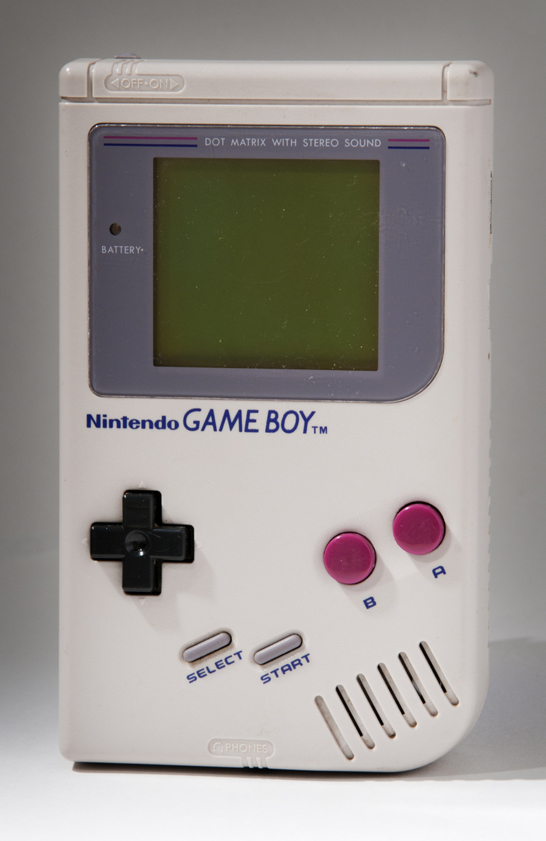Everybody learns in different ways, especially when it comes to using our senses. Seeing, hearing, touching, feeling and even smelling are all ways of discovering stories from the past, and thinking about the future. In preparation for when the National Science and Media Museum reopens, we are making it our priority to create a rich experience for everyone.
One way we will be doing this is through audio description, which can make museum experiences more enjoyable for everyone. It can bring objects to life through description, historical context and personal experiences. We’re still learning about the different methods that museums are using to create and use audio description, through training from experts and having a go ourselves.
Recently, the project team have met with two organisations that help educational and cultural institutions improve the inclusivity of their experiences. The first session was run by Vicky Ackroyd from Totally Inclusive People, an organisation that offers consultation and interactive disability awareness and equality training. Vicky helped us to understand what was important to include in audio description, as well as demonstrating how powerful it can be when emotional or personal perspectives are included.

In February we met with the Workshop for Inclusive Co-Created Audio Description (or W-ICAD for short) from the University of Westminster and Royal Holloway, who aim to broaden participation through ‘co-created inclusive digital museum audio’. This model provides a tool for creating audio description, created by blind, partially blind and sighted individuals for use in museums by blind, partially-blind or sighted audiences. Staff had a go at using audio description to bring to life a Brownie camera from our object handling collection and a photo from the Daily Herald archive.
Following this training, members of the Visually Impaired Women’s Group based at Morley Street Resource Centre in Bradford took part in workshops to develop the co-created audio descriptions for some of the objects in the new Sound and Vision galleries.

We handled different objects including a Game Boy, portable radio, Walkman and Brownie camera, and described physical characteristics of the objects including texture, feel, sounds, smell and memories of similar objects. These conversations will be used to develop scripts for audio descriptions in the future.
It’s exciting to discover new ways of sharing the fascinating stories our collection, and we can’t wait to share them with you.